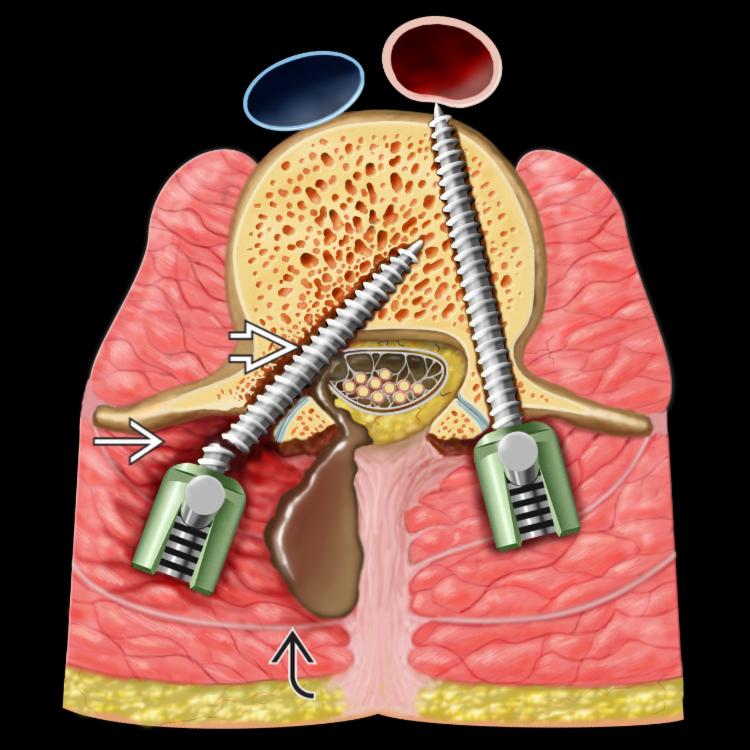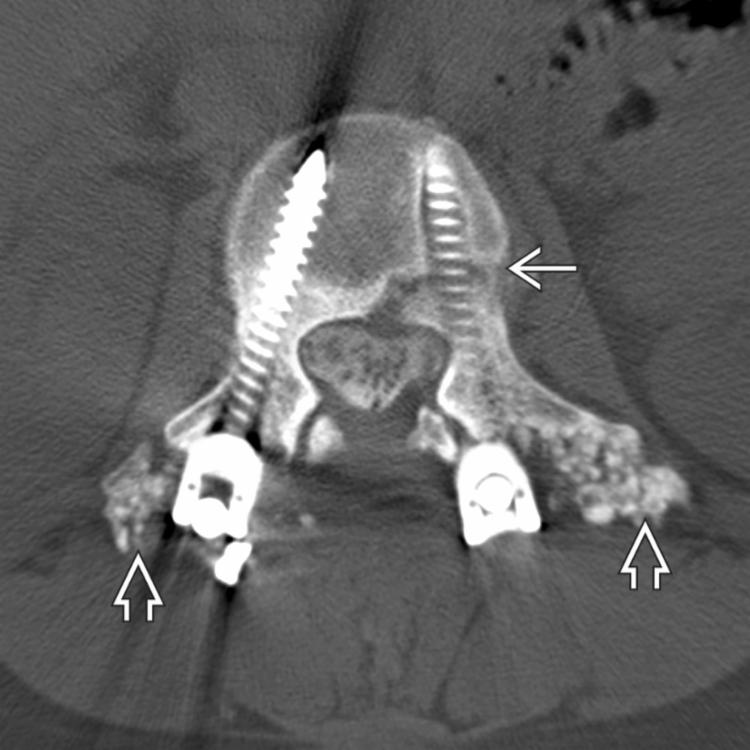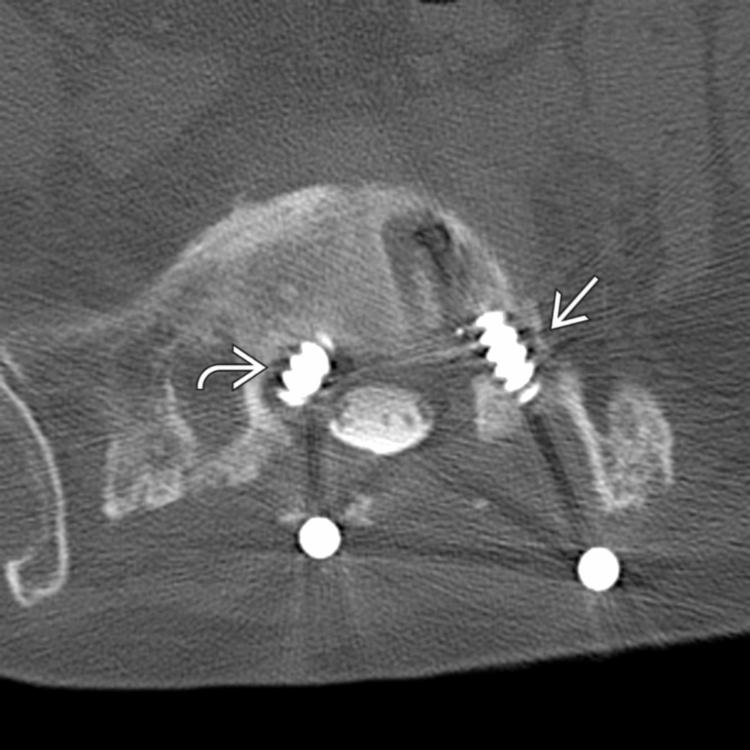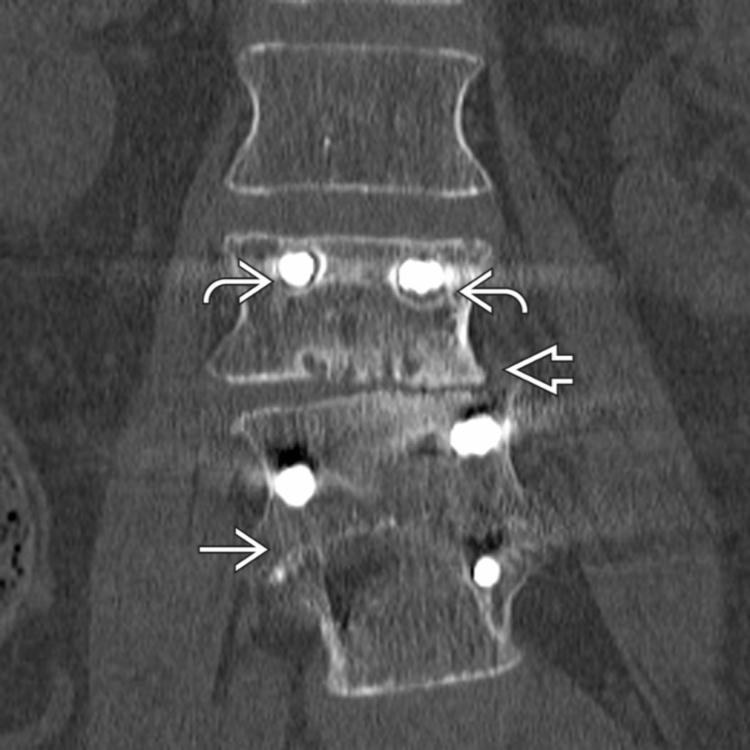Physical Address
304 North Cardinal St.
Dorchester Center, MA 02124
Pedicle screw: Most common implant in spine surgery
High rigidity and resistance to pullout
Engages all 3 columns of spine
Resists motion in all 3 directions
Used in wide variety of procedures
Maintain spine alignment while fusion occurs
Maintain reduction after fracture
Maintain correction of deformity
3 common techniques
Free hand
Fluoroscopy based
Computer assisted (navigation) either 2D or 3D
Safe and reproducible
Incidence of exposed screws outside of pedicle decreased with 3D navigation from 12% to 7%
CT is gold standard for assessment of pedicle screw position
Screw malposition rates vary widely (0.5-13%)
Medial wall penetration
Pedicle wall penetration (10-20% overall incidence)
Neural injury to root or cord (< 1%)
CSF leak if dural laceration
Anterior or lateral penetration
Visceral injury, esophageal perforation
Pneumothorax
Aortic or segmental vessel penetration
Some canal intrusion is asymptomatic (< 2 mm)
Pedicle fracture
Pedicle plow
Occurs during vertebral rotation in scoliosis surgery
May cause aortic abutment of screw




Become a Clinical Tree membership for Full access and enjoy Unlimited articles
If you are a member. Log in here